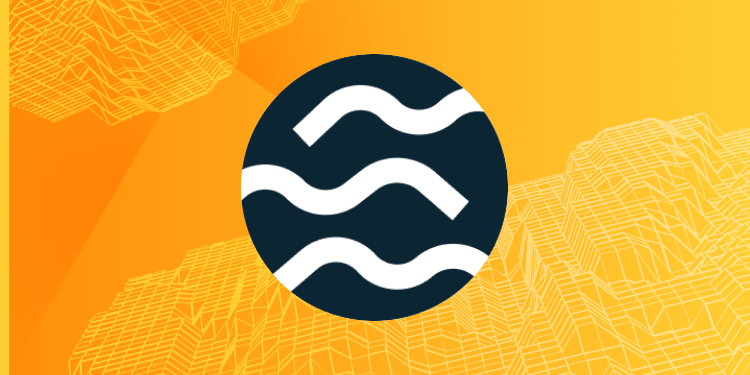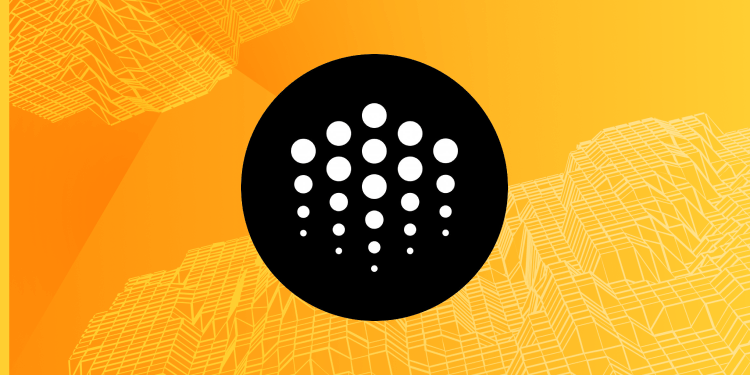Review Date: 24/01/2023
Sei Network is a sector-specific Layer 1 blockchain designed for trading and DeFi. It is built using the Cosmos SDK and Tendermint Core, with added Twin-Turbo consensus and multiple levels of parallelization to reduce latency and improve throughput.
Sei Network has a native price oracle run by validators, to support asset exchange rate pricing. The Sei network also features a highly optimized order placement and matching engine, called the “matching engine”, allowing decentralized exchanges to deploy their own Central Limit Order Books (CLOBs). Sei Network uses Frequent Batch Auctioning to aggregate all market orders and execute them at the same uniform clearing price
The matching engine is asset agnostic and does not require tokens to be traded, allowing decentralized exchanges to decide how to represent assets. The network also supports hooks, allowing contracts to register hooks that are invoked every block for operations like flashloan payback and trade settlements.
Sei Network is a highly optimized and secure network with a talented development team. Its project score is expected to increase to 87% after its mainnet launch.
Notes to Take:
- Sei Network is a Layer 1 blockchain specialized for trading, aimed to give exchanges an advantage
- Sei Network built using Cosmos SDK and Tendermint Core, with optimizations for exchanges
- Makes use of Twin-Turbo consensus and parallelization to reduce latency and improve throughput
- Has a native price oracle, with penalties for non-participation and bad data
- Has a native order matching engine for decentralized exchanges to deploy their own CLOBs
- Supports various order types (Limit, Market, Fill-or-kill, Stop-loss, Cancel)
- Lifecycle of an order: transactions are sent to the dex module and aggregated, then processed by the market smart contract and matching engine
- Allows contracts to register hooks and supports frequent batch auctioning and transaction order bundling
- Asset agnostic order book, with trading fees to be determined by governance in the future
- Anticipates projects will build decentralized exchange middleware on top of the matching engine.
| Initial Screening | |||
| Keep researching | |||
| Does this project need to use blockchain technology? | Yes | ||
| Can this project be realized? | Yes | ||
| Is there a viable use case for this project? | Yes | ||
| Is the project protected from commonly known attacks? | Yes | ||
| Are there no careless errors in the whitepaper? | Yes | ||
Project Technology Score | |||
| Description | Scorecard | ||
| Innovation (Out Of 11) | 7 | ||
| How have similar projects performed? | Good | 2 | |
| Are there too many innovations? | Regular | 2 | |
| Percentage of crypto users that will use the project? | 1-5% | 1 | |
| Is the project unique? | Yes | 2 | |
| Architecture (Out of 12) | 11 | ||
| Overall feeling after reading whitepaper? | Good | 2 | |
| Resistance to possible attacks? | Good | 2 | |
| Complexity of the architecture? | Not Too Complex | 2 | |
| Time taken to understand the architecture? | 20-50 minute | 1 | |
| Overall feeling about the architecture after deeper research? | Good | 4 | |
| Code Quality (out of 15) | 14 | ||
| Is the project open source? | Yes | 2 | |
| Does the project use good code like C,C++, Rust, Erlang, Ruby, etc? | Yes | 2 | |
| Could the project use better programming languages? | No | 0 | |
| Github number of lines? | More than 10K | 1 | |
| Github commits per month? | More than 10 | 2 | |
| What is the quality of the code? | Good quality | 2 | |
| How well is the code commented? | Good | 2 | |
| Overall quality of the test coverage? | Outstanding | 2 | |
| Overall quality of the maintainability index? | Good | 1 | |
| When Mainnet (out of 5) | 5 | ||
| When does the mainnet come out? | 6 months after TGE | 5 | |
| Usability for Infrastructure Projects (out of 5) | 5 | ||
| Is it easy to use for the end customer? | Yes | 5 | |
| Team (out of 7) | 6 | ||
| Number of active developers? | 5+ | 2 | |
| Developers average Git Background? | Senior | 2 | |
| Developers coding style? | Solid | 2 | |
| Total Score (out of 55) | 48 | ||
| Percentage Score | |||
| Innovation | 12.73% | ||
| Architecture | 20.00% | ||
| Code Quality | 25.45% | ||
| Mainnet | 9.09% | ||
| Usability | 9.09% | ||
| Team | 10.91% | ||
| Total | 87.27% | ||
| Score after Mainnet | 87% |





